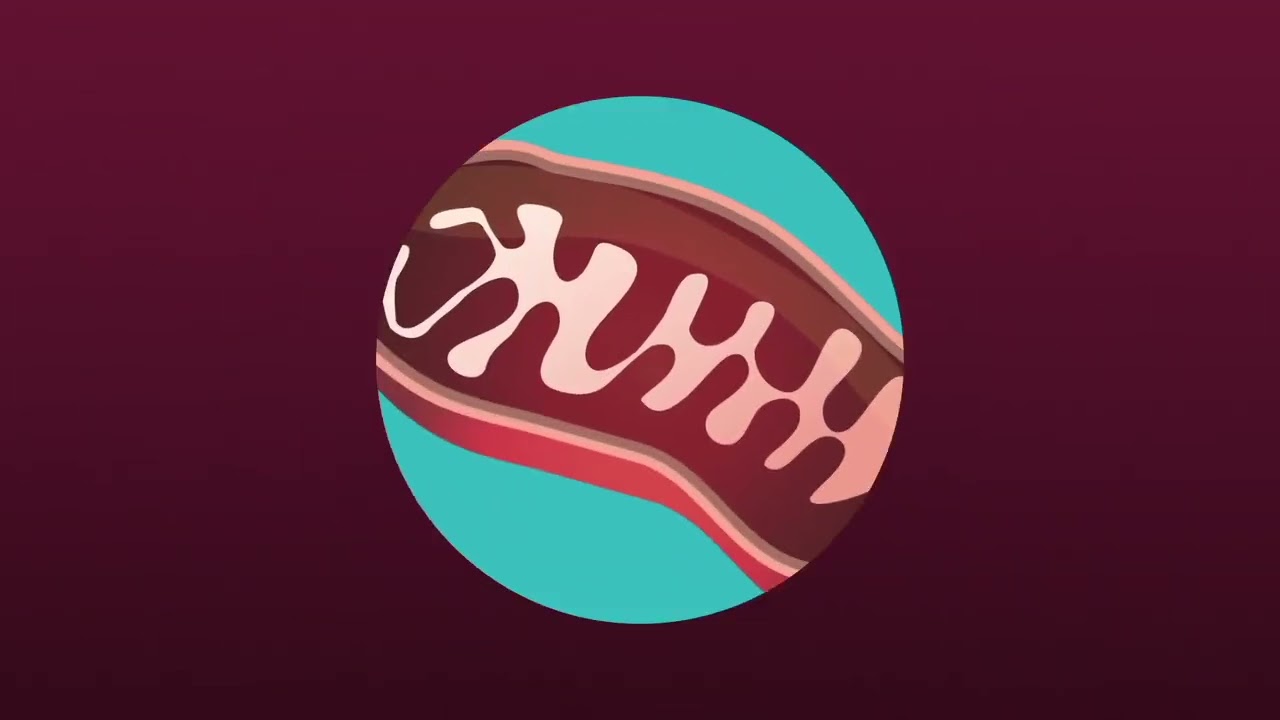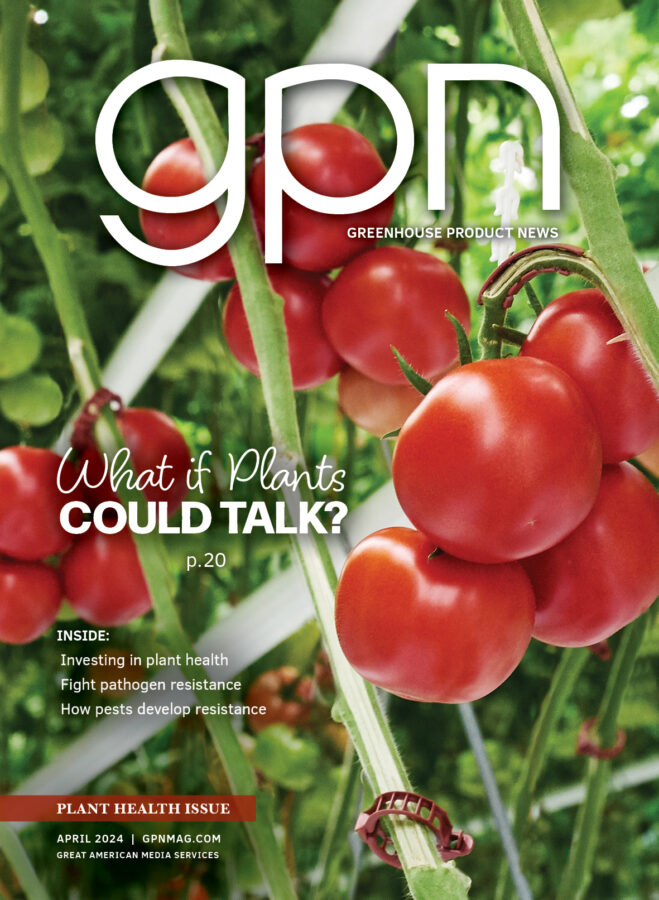Spring into a Successful Season
Now that the New Year has arrived, spring will be here before we know it. One of the busiest times of year, spring production can also be the most difficult. Being prepared for insect and disease pressure is critical to help protect crops from propagation to finish. By incorporating an agronomic program as part of your overall production plan, you can be better prepared for problems your operation may encounter in the season ahead.
WHAT IS AN AGRONOMIC PROGRAM?
An agronomic program is a comprehensive plan that considers the primary and secondary insects and diseases a crop may encounter, and outlines treatment recommendations to proactively control them. Using a plan developed before production starts can help prevent plant damage and stress, and builds a framework for properly rotating products and modes of action. If insects or diseases are caught too late and have damaged plant foliage or roots, you can be at a disadvantage, spending additional time and resources trying to regain control.
HOW TO BUILD A PROGRAM
A resistance management strategy and product rotation are two key components of an agronomic program. When building your own program, it is important to position products correctly, so you must have a good understanding of the special features of the products and how they work.
Here are some other helpful tips:
• Identify the primary and secondary disease and insect problems the crop may face.
• Select two to three products with different modes of action with proven activity on each problem.
• Position these products in a rotation program based on their strengths.
◦ Be aware of their type of activity (translaminar or systemic) and the length of control expected.
• Rotate these products per the label recommendations.
◦ Take note of regulatory requirements, such as restricted-entry intervals and use limits.
After compiling this information and determining the appropriate products to use, you can build and tailor a program to fit the needs of your operation.
AGRONOMIC PROGRAM FOR SPRING BEDDING PLANTS
To help you prepare for spring, this Syngenta agronomic program can be used as a guide for your operation. It covers the most common insects and diseases typically seen during production on bedding plants. Rates are listed per 100 gallons.
CONTINUE TO MONITOR AND SCOUT
This comprehensive plan can serve as the framework for your plant protection program. It offers recommended fungicide and insecticide control options, and suggested application timing for spring bedding crops. However, even with an agronomic program, you should continuously scout your crops for problems in the event your program needs to be modified. For example, although Botrytis is a common problem in floral crops, if it has not historically been an issue in your operation, fungicide applications do not necessarily need to be made for that disease.
Alternatively, applications can be made later in production, just prior to shipping when you know plants will be in a dark, moist environment conducive to Botrytis development.
Here are some helpful tips to prepare your operation for spring production:
• Sanitation: Remove crop debris and weeds daily. If you put them in a bin, make sure it is tightly sealed in case there are already insects or pathogens present.
• Ventilation: As temperatures increase, it is especially important to have good air flow in your greenhouse. Keep fans running to eliminate warm or cooler areas.
• Plant spacing: Ensure plants are not too close together as they grow. This will also help with air flow and prevent insects from moving as quickly between crops.
• Watering: Many pathogens thrive when leaves are wet for more than a few hours. Water early in the day so the plants can dry out faster. Avoid overhead watering if possible.
Proactively scouting for the problems you anticipate (and finding some that you don’t) and having an action plan will help reduce outbreaks and plant injury, ensuring the production of a high-quality crop. Battling a disease or pest outbreak is often more costly, requiring more curative applications and labor time.
A WELL-ROUNDED PLAN
While every operation is different, preparation is an essential part of effective disease and insect management. Scouting and implementing an agronomic program help prepare you for both expected and unexpected challenges.
Important: Always read and follow label instructions. Some products may not be registered for sale or use in all states or counties and/or may have state-specific use requirements. Please check with your local Extension service to ensure registration and proper use.


 Video Library
Video Library 




















